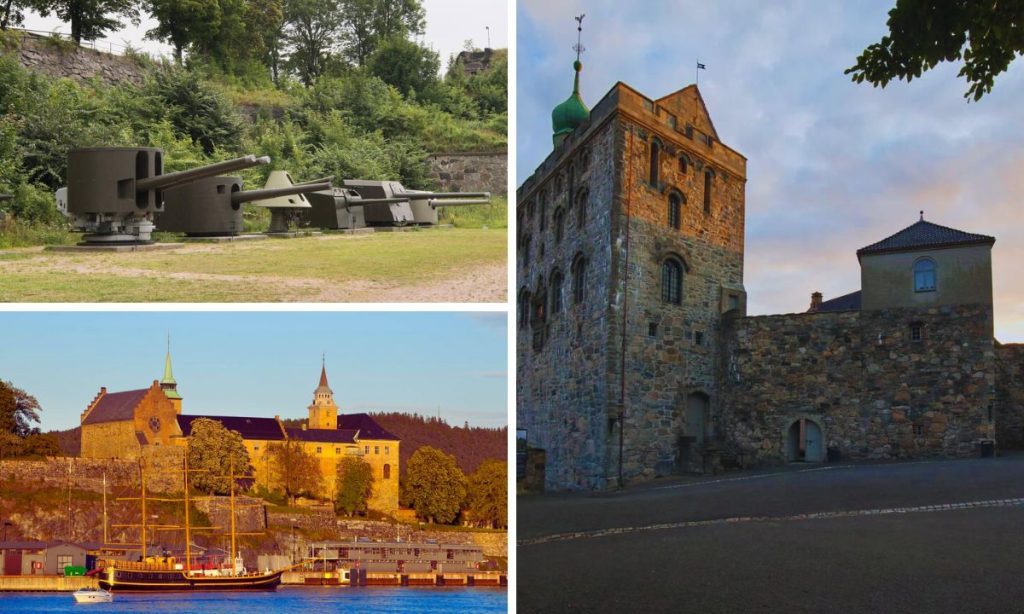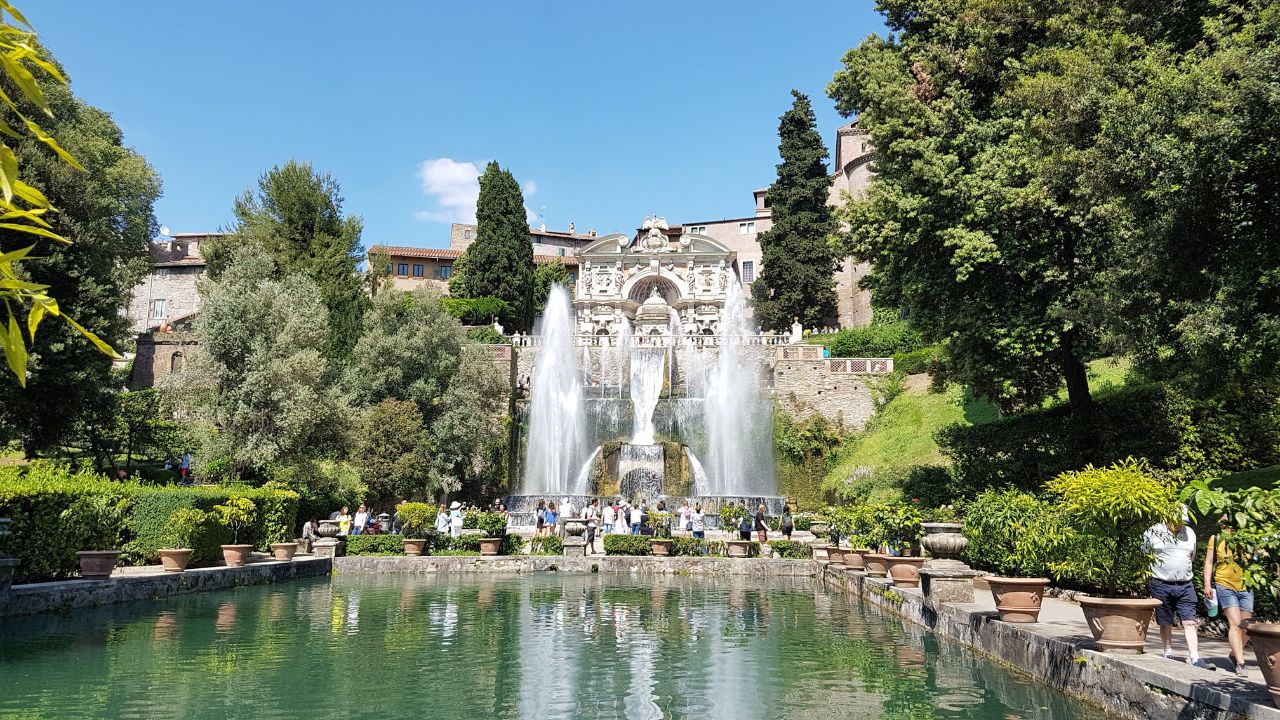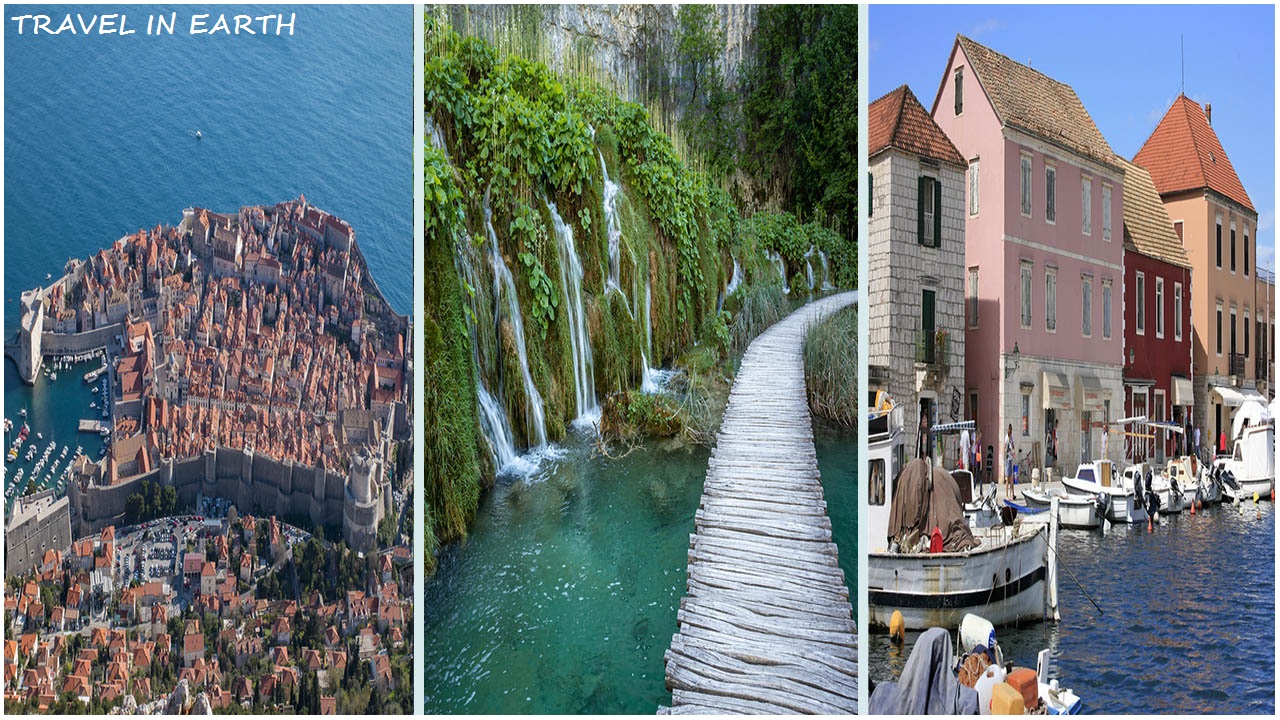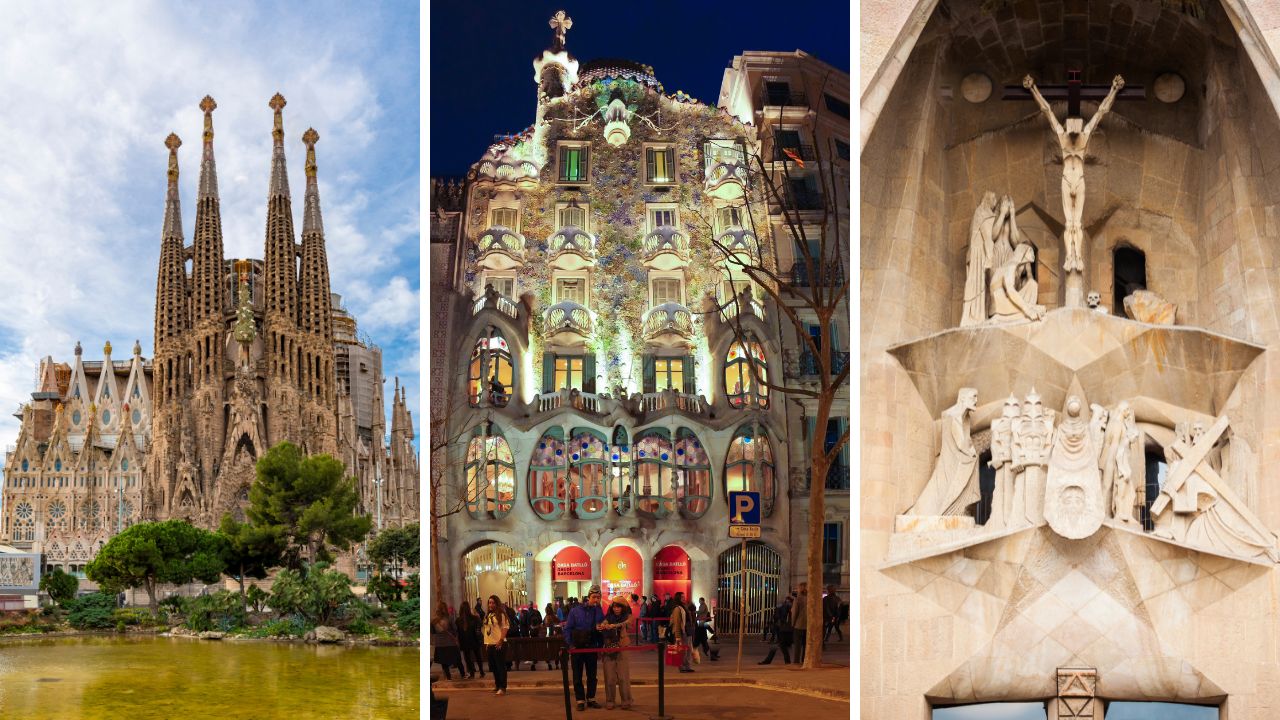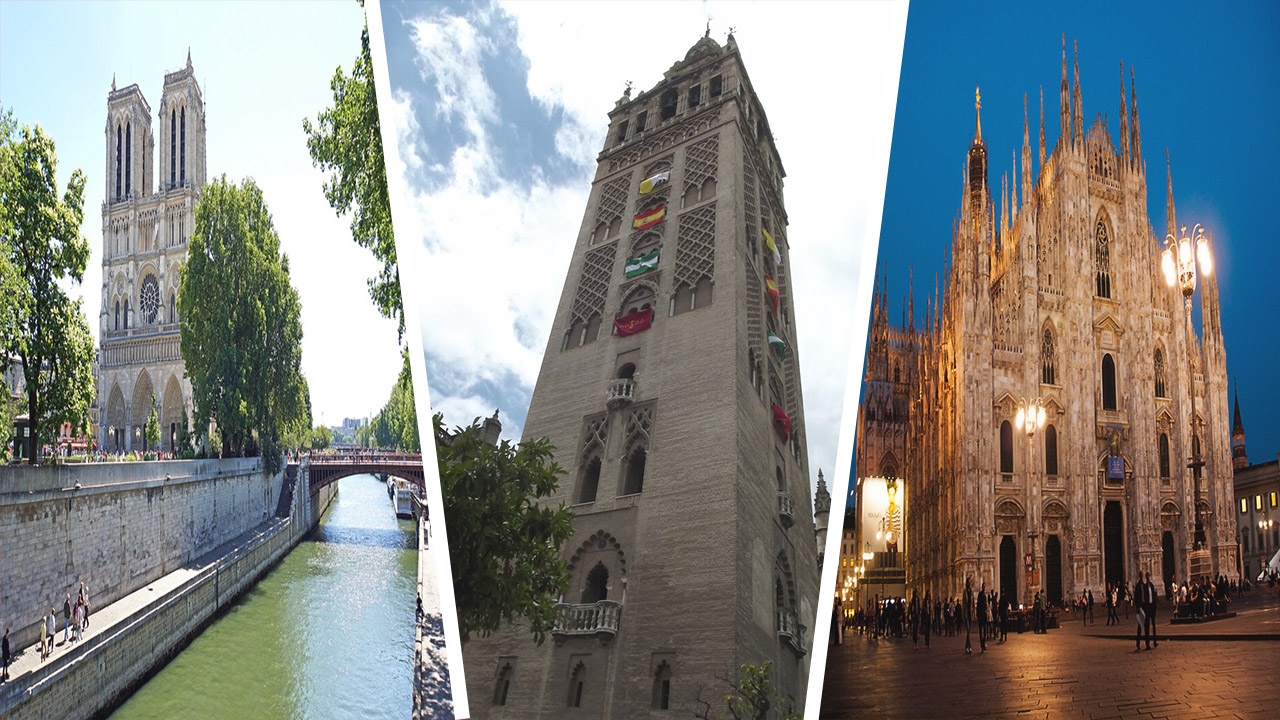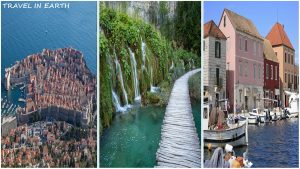Norway, a land of stunning fjords, majestic mountains, and rich Viking history, is also home to some of the most extraordinary castles in Europe. These architectural marvels stand as testaments to Norway’s royal past, military might, and cultural heritage. From medieval fortresses perched on hilltops to elegant palaces nestled in city centers, Norwegian castles offer visitors a glimpse into the country’s fascinating history and architectural evolution.
In this article, we’ll explore the top 5 extraordinary castles in Norway that every history enthusiast, architecture lover, and curious traveler should visit. Each of these castles has its own unique story, stunning features, and historical significance that make it truly extraordinary. Whether you’re planning a trip to Norway or simply interested in learning about these magnificent structures, join us on a journey through time as we discover the charm, grandeur, and mystery of Norway’s most remarkable castles.
1. Akershus Fortress (Akershus Festning)
Overview
Akershus Fortress, located in Oslo, is one of Norway’s most important historical landmarks. This medieval castle and fortress has played a crucial role in the country’s history for over 700 years. Perched strategically on a hill overlooking the Oslo Fjord, Akershus has served as a royal residence, prison, and military base throughout its long and eventful history.
Historical Significance
- Built in the late 13th century (around 1299) by King Håkon V to protect Oslo
- Throughout the Middle Ages, they withstood numerous sieges and never fell to a foreign enemy.
- In the 17th century, a Renaissance castle was converted into one.
- It served as a prison from the 16th to the 19th centuries.
- During World War II, Nazi forces occupied a location.
Architectural Features
Akershus Fortress showcases a blend of medieval and Renaissance architecture, reflecting its evolution over the centuries:
- Thick stone walls and fortifications
- The medieval great hall
- Renaissance-style royal apartments
- Church with royal mausoleum
- There are various towers, including the famous Maiden’s Tower.
Visitor Experience
Today, Akershus Fortress is open to the public and offers a range of attractions:
- Guided tours of the castle and grounds
- Norway’s Armed Forces Museum
- Norwegian Resistance Museum
- The property boasts beautiful gardens with panoramic views of Oslo and the fjord.
- The ceremony of changing the guard takes place every day at 1:30 p.m.
Tips for Visitors
- Allow at least 2-3 hours to explore the fortress and museums.
- Wear comfortable shoes, as there’s a lot of walking on uneven surfaces.
- Visit early in the morning or late afternoon to avoid crowds, especially in summer.
- Check the official website for special events and exhibitions.
2. Bergenhus Fortress (Bergenhus Festning)
Overview
Bergenhus Fortress, located in Bergen, is one of the oldest and best-preserved stone fortifications in Norway. This impressive fortress has stood guard over Bergen’s harbor for more than 750 years, playing a significant role in the city’s defense and royal history.
Historical Significance
- Its origins date back to the 1240s, making it one of Norway’s oldest fortifications.
- It served as a royal residence in the 13th century.
- Here was King Magnus Lagabte, who wrote Norway’s first national law in 1274.
- Bergen’s defense played a crucial role throughout the Middle Ages and Renaissance.
- Severely damaged during World War II but later restored.
Architectural Features
Bergenhus Fortress is known for its well-preserved medieval and Renaissance structures:
- Håkonshallen (Håkon’s Hall): A 13th-century royal feast hall.
- Rosenkrantz Tower: A 16th-century fortified residence and watchtower.
- Defensive walls and gates.
- The building blends medieval stone architecture with later additions.
Visitor Experience
Bergenhus Fortress offers visitors a chance to step back in time and explore Norway’s royal and military history.
- Tours of Håkonshallen and Rosenkrantz Tower.
- Museum exhibitions about the fortress’s history.
- Beautiful views of Bergen harbor.
- There are cultural events and concerts, particularly in the summer.
Tips for Visitors
- Guided tours are available and highly recommended for in-depth historical insights.
- Visit Håkonshallen first, as it closes earlier than other parts of the fortress.
- Combine your visit with exploring Bergen’s famous Bryggen wharf, a UNESCO World Heritage site.
- Check the event calendar for special exhibitions or concerts.
3. Oscarsborg Fortress (Oscarsborg Festning)
Overview
Oscarsborg Fortress is a coastal fortress situated on two small islets in the Oslofjord, about 30 kilometers south of Oslo. This unique fortress is famous for its role in sinking the German cruiser Blücher during World War II, significantly delaying the Nazi invasion of Norway.
Historical Significance
- Construction began in the 1840s to protect Oslo (then Christiania) from sea invasions.
- He played a crucial role in World War II, sinking the German cruiser Blücher on April 9, 1940.
- This action delayed the Nazi occupation of Oslo, allowing the Norwegian royal family, government, and parliament to escape.
- A military facility remained active until 2003.
Architectural Features
Oscarsborg Fortress is an impressive example of 19th-century coastal defense architecture.
- Main fortress on Kaholmen Island.
- Both the northern and southern forts are located on nearby islets.
- Underwater torpedo batteries.
- Coastal artillery guns.
- Network of tunnels and underground chambers.
Visitor Experience
Today, Oscarsborg is a popular tourist destination offering a mix of history, nature, and leisure activities.
- We offer guided tours of the fortress, which include the torpedo battery.
- The Oscarsborg Museum provides a detailed account of the fortress’s history and the action during WWII.
- Beautiful coastal walks and beaches.
- Hotel and restaurant are on site.
- Summertime brings opera performances.
- Ferry ride to the fortress, offering scenic views of the Oslofjord.
Tips for Visitors
- As the only way to reach the fortress.
- Book guided tours in advance, especially during peak summer months.
- Bring a picnic to enjoy in the fortress grounds.
- Allow a full day for your visit to explore all areas and enjoy the surroundings.
4. Steinvikholm Castle (Steinvikholm Slott)
Overview
Steinvikholm Castle is a unique and lesser-known gem among Norway’s castles. Located on a small island in the Trondheimsfjord, this medieval fortress was the last stronghold of Catholicism in Norway during the Reformation.
Historical Significance
- Built between 1525 and 1532 by Norway’s last Catholic archbishop Olav Engelbrektsson
- It served as a fortress and residence for the archbishop.
- Center of Catholic resistance during the Protestant Reformation in Norway
- The archbishop left behind when he fled to the Netherlands in 1537.
- Although it fell into ruin, it has recently undergone partial restoration.
Architectural Features
Steinvikholm Castle is an impressive example of late medieval fortress architecture.
- The building is situated on a small island and is connected to the mainland by a stone causeway.
- Thick stone walls and corner towers.
- Central courtyard.
- The remnants of living quarters and a massive hall are still visible.
- The strategic location offers panoramic views of the fjord.
Visitor Experience
While not as developed for tourism as some other Norwegian castles, Steinvikholm offers a unique and atmospheric experience.
- Self-guided tours of the castle ruins.
- There are information boards that detail the castle’s history and architecture.
- Beautiful views of the Trondheimsfjord.
- The castle courtyard hosts annual summer opera performances.
- Nearby Viking history center at Værnes.
Tips for Visitors
- Check opening hours in advance, as they can be limited, especially outside of summer.
- Wear sturdy shoes for walking on uneven surfaces.
- Bring a camera to capture the stunning fjord views.
- Consider timing your visit with the summer opera festival for a truly unique experience.
- Combine with a visit to nearby Trondheim for a full day of historical exploration.
5. The Royal Palace (Det Kongelige Slott)
Overview
The Royal Palace in Oslo, while not a medieval castle, is one of Norway’s most important and impressive royal buildings. This neoclassical palace serves as the Norwegian monarch’s official residence and is a symbol of Norwegian independence and monarchy.
Historical Significance
- Construction began in the first half of the 19th century and concluded in 1849.
- The project was commissioned by King Charles III John (Karl Johan).
- It became the official residence of the Norwegian monarch after the dissolution of the union with Sweden in 1905.
- King Haakon VII played a significant role during World War II when he refused to abdicate to Nazi-aligned forces.
- The palace continues to serve as a working palace for the current monarch, King Harald V.
Architectural Features
The Royal Palace is a stunning example of 19th-century neoclassical architecture.
- The object is a rectangular shape with two projecting wings.
- 173 rooms.
- The grand entrance is guarded by the King’s Guard.
- A beautiful Palace Park surrounds the building.
- Impressive facade with Corinthian columns.
Visitor Experience
The Royal Palace offers visitors a glimpse into Norway’s royal life and history.
- There are guided tours of the palace interior (summer only).
- The Changing of the Guard ceremony takes place every day at 1:30 p.m.
- Beautiful Palace Park is open to the public year-round.
- Public events and celebrations frequently take place in Royal Palace Square.
- Nearby attractions include the National Theatre and Karl Johans Gate.
Tips for Visitors
- Due to popularity and limited capacity, book guided tours in advance.
- Visit during the summer months (late June to mid-August) when the palace is open to the public.
- Arrive early for the changing of the guard ceremony to get a good viewing spot.
- Explore the Palace Park, which offers beautiful walks and sculptures.
- Combine your visit with other nearby Oslo attractions for a full day of sightseeing.
Conclusion
Norway’s castles and fortresses offer a fascinating journey through the country’s rich history, from medieval times to the present day. Each of these five extraordinary castles—Akershus Fortress, Bergenhus Fortress, Oscarsborg Fortress, Steinvikholm Castle, and the Royal Palace—tells a unique story of Norway’s past, showcasing the nation’s architectural heritage, military prowess, and royal traditions.
From the strategic coastal defenses of Oscarsborg to the opulent halls of the Royal Palace, these structures have played pivotal roles in shaping Norway’s history. They have witnessed Viking raids, medieval power struggles, Renaissance transformations, and modern-day events that have defined the nation.
Visiting these castles offers more than just a glimpse into the past. Walk in the footsteps of kings and queens, stand on battlements that have defended the nation, and immerse yourself in the stories and legends passed down through generations.
Whether you’re a history enthusiast, an architecture lover, or simply a curious traveler, Norway’s castles offer something truly extraordinary. They stand as testaments to the country’s enduring spirit, its rich cultural heritage, and its ability to preserve and celebrate its past while looking to the future.
As you plan your Norwegian adventure, consider adding these remarkable castles to your itinerary. Each visit promises not just a journey through time but also breathtaking views, engaging exhibits, and memories that will last a lifetime. Discover the magic, mystery, and majesty of Norway’s extraordinary castles—you won’t be disappointed.

